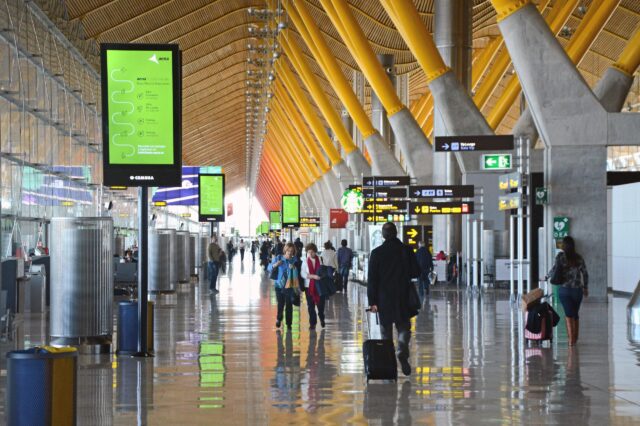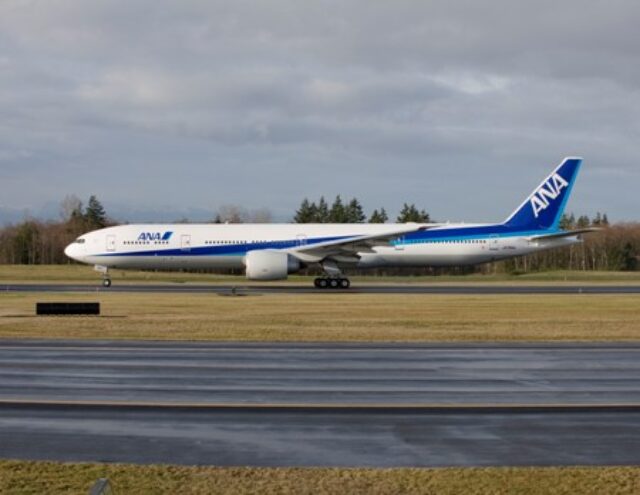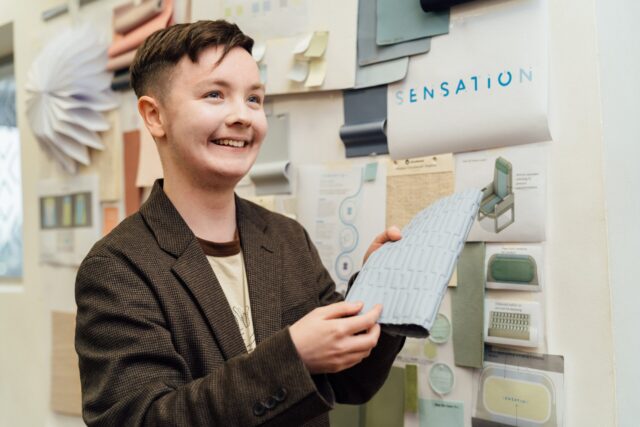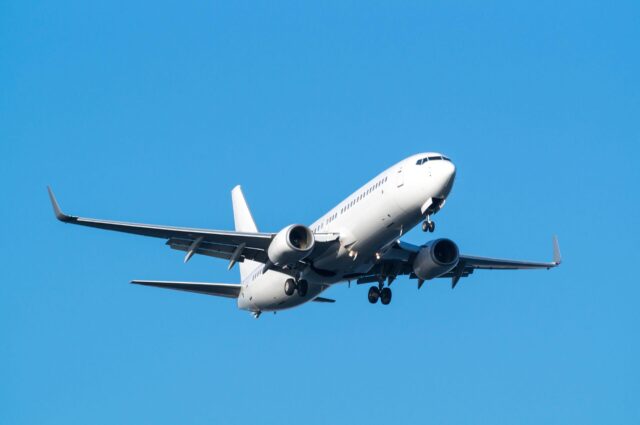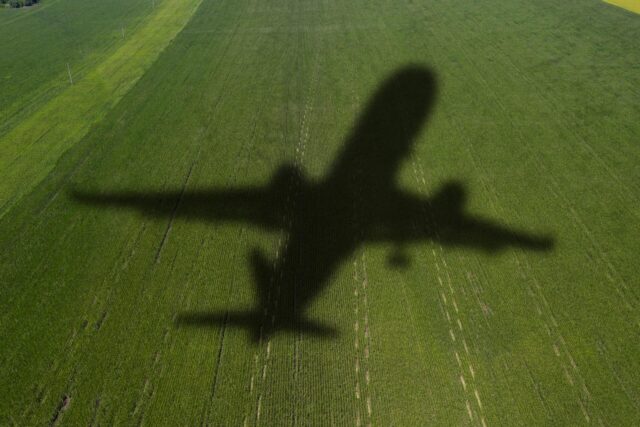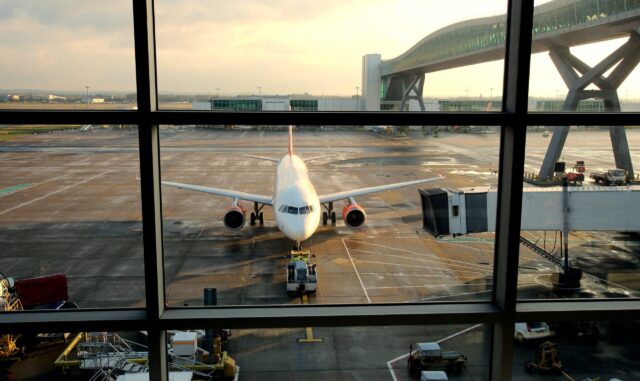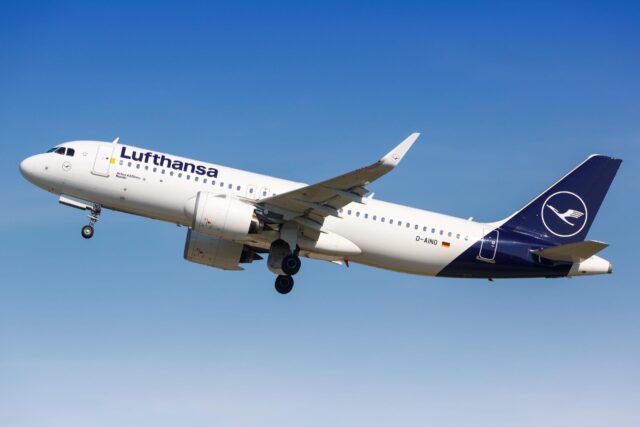“It could’ve been me”: 112 Air India pilot call in sick in a single day following trauma of AI-171 crash

July 25, 2025

On the tarmac of any major airport, there’s a rhythm, the slow reverse of an aircraft during pushback, the final thumbs-up from the ground crew, and the quiet focus inside the flight deck as engines spool up. It’s a world built on routine, precision, and trust. But behind that calm choreography, something far more human is quietly unfolding in the cockpits of Air India pilots.
Over 100 Air India pilots call in sick
Following the devastating crash of flight AI-171 on 12 June, which claimed the lives of 241 people, including 19 on the ground, a quiet yet telling shift has taken place within the airline.
In the days following the accident, Air India saw a surge in pilot absences. On 16 June, four days after the crash, 112 pilots reported sick in a single day, a sharp spike from the usual 50 per day among Air India’s 1,700-strong pilot community.
It wasn’t flu season. It wasn’t food poisoning. What grounded these aviators was something harder to see: grief, anxiety, and the invisible weight of what their profession now represents in the shadow of tragedy.
For the public, the AI-171 crash was a catastrophe. For pilots, it was personal. “Every one of us put ourselves in that cockpit,” says a senior commander flying the same Boeing 787 fleet. “And we couldn’t stop thinking what if it was me?”

The ripple effect on mental health has been enough for India’s civil aviation regulator to intervene.
“Air India reported a minor increase in sick leaves reported by pilots across all fleets in the aftermath of the AI-171 accident,” says India’s junior minister for Civil Aviation, Murlidhar Mohol. “On 16 July, a total of 112 pilots reported sick, comprising 51 commanders and 61 first officers.”
Mental health support for Air India pilots
In response, the Directorate General of Civil Aviation (DGCA) has urged all Indian carriers to hold post-trauma mental health workshops and ensure access to Peer Support Programmes. In these confidential and non-punitive spaces, flight crew can discuss their fears and feelings.
Mohol further confirmed that the DGCA has already issued a medical circular regarding the mental health of flight crews and air traffic controllers, including quick and effective methods to assess mental health, and a customised training capsule to manage the adverse effects of mental health conditions.
It’s a marked shift for an industry historically hesitant to address psychological well-being. Flying is, after all, a high-stakes profession built on precision and composure. But this tragedy, and the spike in sick leaves that followed, has thrown a spotlight on the emotional toll of the job.

The average pilot spends thousands of hours in training, often sacrificing holidays, family time, and sleep to keep aircraft moving. Yet there’s little space in that routine for vulnerability, especially when showing it might be seen as weakness. The fact that over a hundred pilots chose not to fly on that one day speaks volumes not of failing health, but of quiet courage: the strength to say “not today”.
“People outside aviation may not realise how much we carry into every flight,” another pilot shared. “It’s not just weather reports and flight plans, it’s memory, responsibility, sometimes doubt. And after a crash like this, you can’t just shake it off.”
No pat on the back for pilots who self-ground
There are no parades for pilots who choose to stay grounded when their minds aren’t right. No headlines for those who speak up about their fears. But in doing so, they honour the profession and protect its future.
The skies may always hold risk, but with a renewed focus on the people flying through them, perhaps the journey ahead can be a little lighter, and a lot more human.




